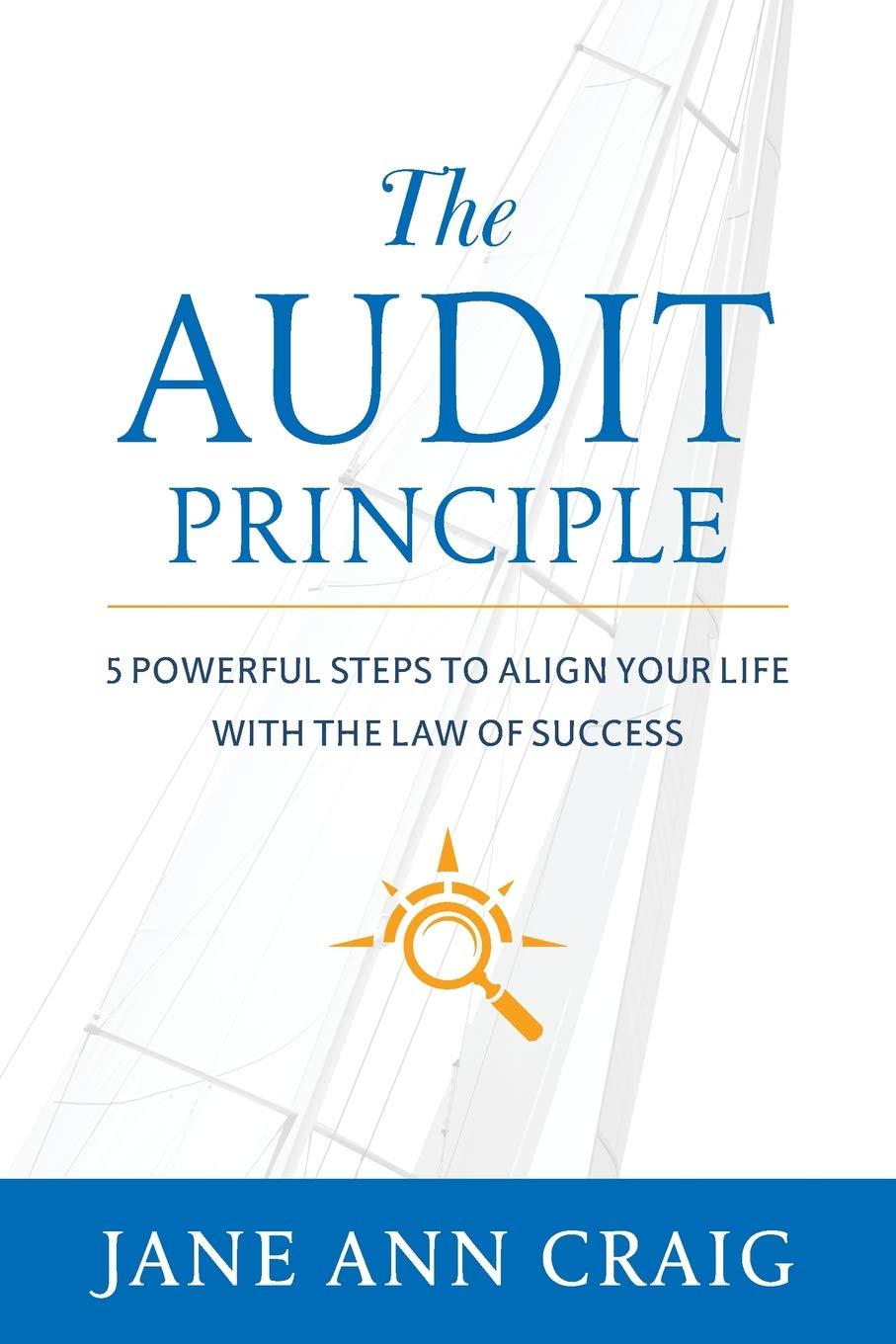Question
Optronics has received a request for a proposal (RFP) to supply 3,000 units of a new optical device. Terms of RFP states that Optronics must
Optronics has received a request for a proposal (RFP) to supply 3,000 units of a new optical device. Terms of RFP states that Optronics must submit 50 samples of the new device to the company who has issued the RFP. The cost of providing the samples comes at a cost of $50,000, which must be borne by Optronics. Optronics believes that the probability of winning the contract will be 40% if they prepare the proposal and provide the required samples. If the company issuing the RFP is satisfied with the proposal and samples that Optronics sends, they will receive a contract worth $2,500,000. Optronics has identified three formal processes (i.e. A, B, and C) that could be used to ramp up production if they were to win the contract. It should be noted that none of the proposed processes were used to create the original samples. The costs of the proposed processes are high because Optronics must consider the cost of new machines, new layouts, and other quality considerations when producing a relatively high-volume of optical drives that they plan to manufacture. Each of the three processes has a different fixed cost. These costs are shown in Table 1.
| Process | A | B | C |
| Scale up cost | 175,000 | 260,000 | 125,000 |
In addition to each process having unique fixed costs, each process also has unique variable costs. In other words, the processing cost per unit is different for each process. Process variation is a part of manufacturing. No two parts are identical when processes and materials contain variation. Depending on the process, the level of quality can be Fair, Good, or Excellent. Furthermore, some processes have a higher rate of achieving certain quality levels. Table 2 shows the estimated probabilities of levels of quality and the corresponding per unit processing costs.
| Process | Quality Level | Probability | Unit Processing Cost |
| A | Excellent | .85 | $567 |
| Good | .15 | $635 | |
| B | Excellent | .40 | $460 |
| Good | .35 | $575 | |
| Fair | .25 | $658 | |
| C | Good | .50 | $567 |
| Fair | .50 | $617 |
1. Develop a decision tree for the given scenario for Optronics.
a. HINT: Total profit is equal to revenue minus total costs. Total costs include set up costs, processing costs, and any cost related to the required samples.
2. Optronics doubts whether there initial estimated probability of winning the contract is 40% if they were to complete the proposal and send the company issuing the RFI the sample units they requested. As a result, they would like to investigate the relationship between the probability of winning and the decision that is associated with the highest expected monetary value they can expect.
a. Develop a Data Table in Excel that varies the probability of success from 0% to 100% using step sizes of 1%.
b. Your table should not only contain this probability, but it should also output the decision that would be made based on the probability as well as the expected value given the probability.
3. Based on the Data Table, create a table that summarizes the number of instances that relate to each decision, as well as indicating the minimum and maximum probability related to each decision (i.e. Decline to Prepare Proposal and Prepare Proposal).
4. Given the current probability of winning the proposal is 40%, what is the maximum amount that the current probability can be reduced by and still be profitable for Optronics.
a. HINT: For example, assume that it is profitable to prepare a proposal as long as the probability of success is equal to or greater than 38%. Thus, if the probability of winning was less than or equal to 37%, the proposal would not be profitable. In this case, if the current probability of winning is 40%, the probability can be reduced by 2% and still be profitable.
5. Assuming that a decision was made to prepare the proposal, what is the most advantageous process for Optronics to use? a. Create a dynamic formula to answer this question.
6. Finally, based on your Data Table, create an XY scatter plot for the expected value (y-axis) and the probability of success (x-axis).
7. If you were the one making the decision of whether to prepare a proposal or not, what decision would you make based on the analysis conducted? Do you feel that this decision is risky or safe? Make sure you justify your answer.
HINT: The expected value for Part 2 (cell C24) is $189,600. The Max Reduction for Part 4 is 31%.
Step by Step Solution
There are 3 Steps involved in it
Step: 1

Get Instant Access to Expert-Tailored Solutions
See step-by-step solutions with expert insights and AI powered tools for academic success
Step: 2

Step: 3

Ace Your Homework with AI
Get the answers you need in no time with our AI-driven, step-by-step assistance
Get Started


